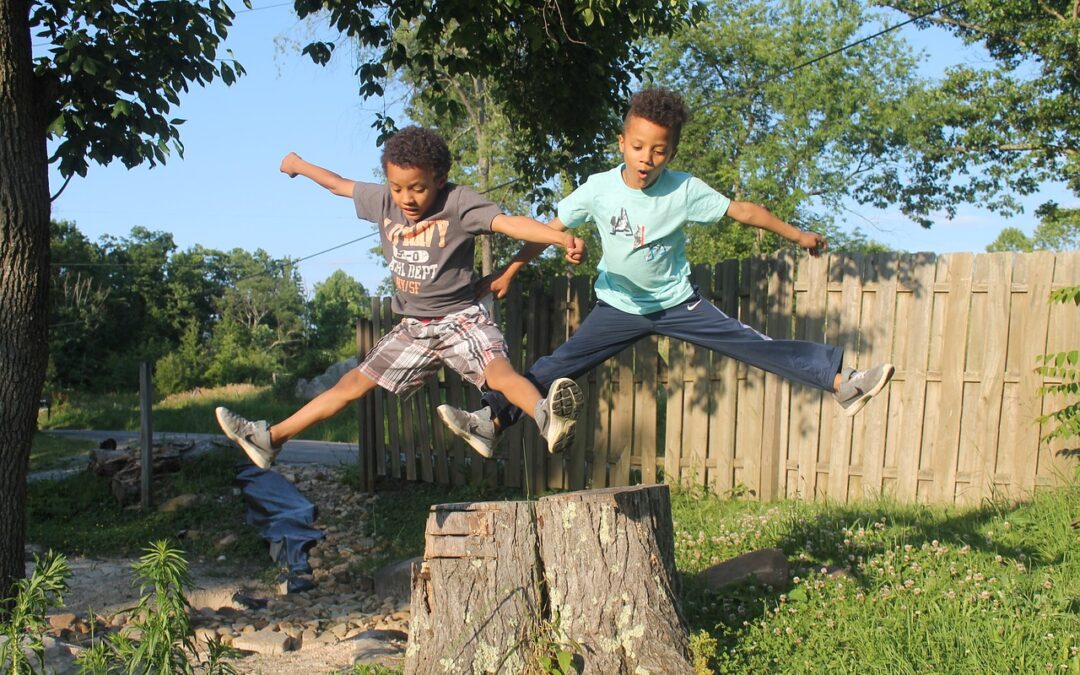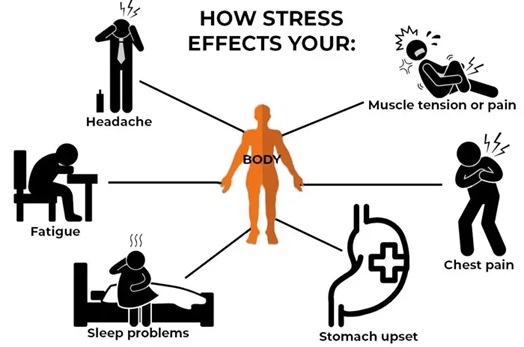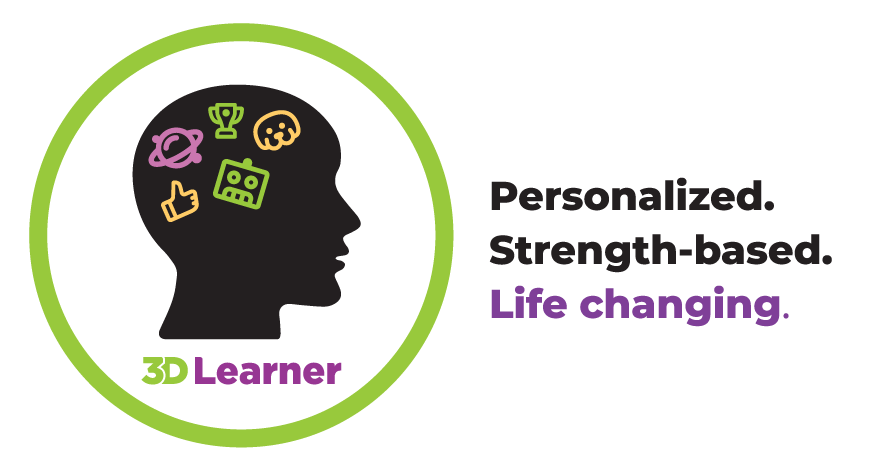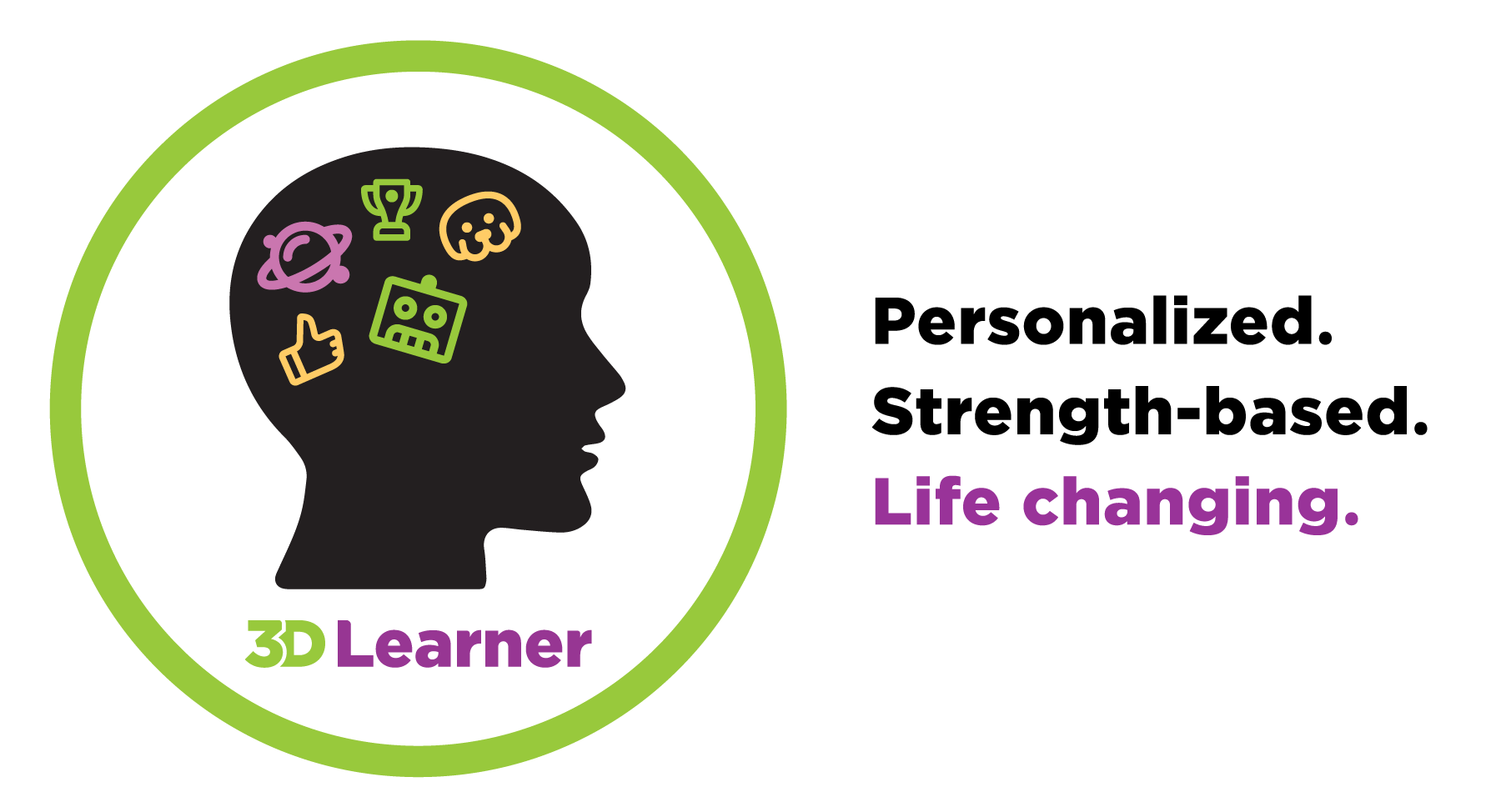
The Interactive Metronome (IM), HeartMath, and the Safe and Sound Protocol (SSP) are three distinct therapeutic approaches that improve attention and motor planning and reduce anxiety for our students.
While we use the Interactive Metronome, Heart Math and the Safe and Sound Protocol as an integral part of the 3D Learner Program ®, we also provide it for students where the primary issues are attention, motor planning and anxiety.
Interactive Metronome (IM)
- IM is a therapeutic program that involves synchronized timing with a computer-generated beat. It aims to improve timing, attention, coordination, and processing speed through repetitive exercises.
- We have helped over 2000 students with the Interactive Metronome. In addition to improving attention, coordination and processing speed it improves:
- Reading and math fluency
- Handwriting
- Sports skills
- It also reduces impulsivity and hyperactivity
Parents have used this both to reduce the dosage of medication and instead of medication.
Click here to see how this works, the story behind this invention and what we do to maximize results.
HeartMath
- HeartMath is a program designed to help individuals regulate their emotions and reduce stress by promoting coherence between the heart rate variability (HRV) and the breathing rhythm.
- Techniques taught in HeartMath involve rhythmic breathing exercises and focusing on positive emotions to shift into a state of coherence, which is associated with reduced stress and anxiety.
- Some research suggests that HeartMath techniques can lead to improvements in emotional regulation, stress reduction, and overall well-being.
Safe and Sound Protocol (SSP)
- SSP is a sound-based therapy developed to regulate the autonomic nervous system and improve social engagement by exposing individuals to specially filtered auditory stimuli.
- It involves listening to specially processed music designed to stimulate the middle ear muscles, which may help regulate the nervous system’s response to stress and increase social engagement.
- We have found SSP to help all our students
The Interactive Metronome, HeartMath and the Safe and Sound Protocol are offered separately, are used in combination where attention, anxiety and motor planning are the key issues, or as three elements included as part of programs like our 3D Learner Program.
If you would like to discuss this further, call us at 561-361-7495 or click here to schedule a how to improve attention and motor planning, while reducing anxiety conversation
Note, the Interactive Metronome, HeartMath and the Safe and Sound Protocol are dependent on the quality of the provider. 3D Learner has had success with all these tools, and we have seen the greatest benefits when they are used together. We provide all these services both at our Coral Springs FL location and via zoom

Many parents ask how to address ADHD and anxiety challenges without medication or with lower dosages. At 3D Learner we use the Interactive Metronome, Heart Math and the Safe and Sound Protocol, which together improve attention and reduce anxiety. Note, these tools have helped students with attention and anxiety challenges who do not have a formal diagnosis. We include them as an integral part of the 3D Learner Program ®, and we also offer them as a separate offering, where appropriate.
Five key points about these interventions:
- These tools have many applications including:
- For a student in grades k to 3 who is really struggling with attention and anxiety
- For students in grade 4 and up, who struggle with attention, anxiety and may be impulsive. Students in grades 4 and up, often get into trouble due to impulse control, and the way we utilize these tools can help them to gain greater control of their emotions.
- For the student athlete – these tools can improve academic and athletic performance
- The integration of these different tools can lead to:
- Significant improvements in attention, motor planning, handwriting and self-control.
- Your child being much calmer and in control.
- Improved performance at school, in sports and at home. Parents have reported that homework time has decreased by over an hour a day.
- Students find these interventions to be fun and to yield significant benefits — in their schoolwork, in getting homework done much faster and in improving performance in sports, dance and other activities.
- These tools can be used to complement medication and counseling, or as a possible alternative to these options.
- We do these interventions differently than most. While these items can be purchased for home use, we have found the results can be transformational when done either in our office or via zoom.
The Interactive Metronome
The Interactive Metronome is a combination of a computer-generated sound and the student matching the beat, first with their hands, then with their toes, then with one hand and the other foot, and lastly with their hands for 10 minutes or longer.
One father who was coming down from New Jersey suggested he was going to do the Interactive Metronome with a provider close to his home, since this was a commodity and what 3D Learner offered was a proprietary system. We were interested to see the results. He did the program up north and reported absolutely no benefit from the training.
We asked him where his son started and finished. He said his son was off by 251 milliseconds to start and after 15 sessions he was down to 52 milliseconds off. We shared that all 452 students we had had at that time did far better than that.
The goal with the Interactive Metronome is to hit the hand or foot device at the same time as the beat. A score of zero would be perfect.
We tried playing ping pong with his son the first day and he could only hit the ball back 5 times before missing. We did 5 sessions of the Interactive Metronome with him, the 3D Learner way, and got his score down to 24 milliseconds off. When we played ping pong with him before lunch on the fifth day, he hit the ball back 137 times before his dad suggested they needed to leave for lunch. The dad commented that was amazing and was really interested to see if it would reduce his son’s homework time down from 2 and a half hours.
Two weeks later, the dad called and said his son was now getting his homework done in less than an hour and his dad asked him what happened. His son said, “it is easy to do my homework now that I can pay attention in class”.
The other benefits of the Interactive Metronome include improved motor planning, handwriting and math and reading fluency. It also helps improve attention at night, when medication historically wore off.
Heart Math and the Safe and Sound Protocol
Anxiety is a big issue for many of our students. When we even mention testing, we have seen students’ heart rate go from 95 to over 140. Heart Math is an excellent tool that calms the student proactively, can be used to reduce stress during stressful moments and can be used to help students to go to sleep. It provides the student with instant feedback on whether their hearts and minds are in sync. It has also been shown to significantly improve test scores.
The Safe and Sound Protocol is a research based filtered music program that calms the Vagus Nerve. We have had students who did the Interactive Metronome, Heart Math and the Safe and Sound Protocol where parents have said to us, “it is like having a different kid” Mr. V, Plantation.
These services can be done at our Coral Springs Facility or online.
For more information on how to address ADHD and anxiety with the Interactive Metronome, Heart Math and the Safe and Sound Protocol, give us a call at 561-361-7495.

The first quarter of the school year is already behind us… and we are moving to getting ready for winter, with our clocks changing this weekend. Time does fly.
Note, on Saturday night November 4th, our clocks FALL BACK an hour.
With the changes in nature on the outside, our bodies have to adjust on the INSIDE. Our kids do sense these changes, and it is important that we acknowledge and help ourselves and our kids in this period of transition. When we move our clocks, we are resetting our 24-hour natural cycle, or circadian rhythm. Our internal clock becomes out of sync with the day-night cycle and our kids are actually sensitive to this. Our kids with Sensory Issues or over sensitivities are especially reactionary!
All of us are aware that the sun changes color a little, and as our daylight becomes shorter in the afternoon, we tend to get a bit more anxious. Our kids often have difficulty explaining this or even identifying emotions. They just know they “feel bad” in different parts of their body and they don’t really connect the two together. A couple of suggestions are to
– Make sure your child gets outside in the afternoon before it starts to get dark and get some extra exercise.
– Also, over the next few days, until our clocks “fall back”, have your kids go to bed just 10-15 minutes later. This change in time affects SLEEP. We ALL know that sleep is vital to our kids’ wellbeing.
The other important issue for parents to understand is that pressure in school is increasing. The “getting to know you” and review stage is now over, and NEW MATERIAL is being taught at a rapid rate. Your kids might come home with complaints as shown below…. This might be from stress!

From: Sciatica Clinic-Stress Management and the Body’s Health
This diagram can be helpful in sorting out how our body can react to change and what “stress” will feel like. A fun activity to do with your child is to get a large piece of paper and put it on the floor. Have your child lay down on the paper and draw around them. Have them Identify where they sometimes hurt or feel bad and what makes them feel that way. Listen to what they say, “When I have to read out loud, it hurts here.” “I had a math test, and it was hard to breathe.”
Listen and reassure your child but be vigilant. The stress is real and if your child is struggling in school, this can escalate quickly.
As part of our integrated approach, the 3D Learner Program has included The Safe and Sound Protocol® (SSP), the Interactive Metronome®, and Reflex Motor Exercises as well as goal setting for parents and students.
We have found that together with reading and math training, students are calmer and more confident. Acknowledging and supporting that stress and anxiety are real, can make an enormous difference in a child’s school success. Parents play a pivotal role.
If we can help in any way, please call us at 561-361-7495 or set up a no-cost conversation at www.3dlearner.com/booknow . We wish you and your child an easy “time transition”.

Has your child had a meltdown or negative response when asked to do something?
Anxiety and stress can go hand in hand, as there is fear in the unknown and what we do not understand. For us visual learners, we can visualize (often called pictures) many different scenarios in our head. These pictures are as real to us as if we actually experienced them; if we observe something that is similar to something we have seen, it can make us anxious or fearful.
Past experiences and words are what make up our ability to understand what we read, or are to learn. What if we don’t fully understand those words, or language, and jump to conclusions. What kind of movies do we make up in our mind that are REAL to us?
This happened to me a number of years ago– long before I understood that this concept was possible. Our family was traveling in France and Austria (we were living in England at the time, and we were fortunate to be able to travel with our kids.) We were visiting the famous Salt Mines in Austria, near where we knew Hitler had lived, and the Nazis had created hide-outs. I was already on edge just conjuring up images of the atrocities of WW2. The tour included sliding down the mine shafts on smooth salt slides, and we thought that our kids would think that was fun. Sliding down into the mines WAS fun, and we all laughed and enjoyed that adventure. Our guide for the entire group would explain things, first in German, then French and then finally English- so that we could learn more about these vast caves. Once we reached the bottom of the slide, we were all ushered into a room. The guide started her explanation in German, and then announced that all of us English speakers should just wait there… no explanation. The only German words that I understood were “Hitler” and “Nazi”- and watching her hand movements- pointing everywhere, started to make me uneasy.
She finished her explanation in German and told the small group of us English speakers to ‘wait’. The others moved on and a door closed behind them. We were alone in that dimly lit area. We were stuck. Here we were, having just had a fun experience, closed off with no warning or explanation or clarification. The movie in my head was in panic mode. Hearing two of the most terrifying words that I could understand from my not knowing German put me into a frozen panic. A minute later (what seemed like much more!), a loud recording in English came over the loudspeakers over our head, to explain IN ENGLISH that it was in this mine that many Nazis had tried to escape to and were caught. It was a considerably different picture than I had created!
This experience happened to me over 30 years ago- yet I can conjure up that image, a gut-wrenching image like it was yesterday. It was that vivid!
I use this extreme example because as parents and teachers of students who ARE more VISUAL learners today than ever before (some studies say that over 60% of students today are more visual learners), we take for granted that our kids understand us. We have no idea that in some way we may be creating anxiety or stress for them without even knowing it. Although what we say may not be as negatively charged as my experience, who are we to say that our kids don’t feel these extreme emotions– they often cannot express it!
We live in a world now where WORDS are everywhere. It is our basic and seemingly most efficient way to communicate with one another.
I urge all of us to stop and think about our language.
What are we saying? How are we saying it?
Do our children/students understand our words or the context in which we are trying to explain something?
We need to be doing more Visual Parenting/teaching. Be sure we use visual schedules and explain what new places or experiences will be like. (We are lucky to live in the age of Google to show kids what new places look like or even what words mean!)
Do not ASSUME your kids will like something or “it will be fun”. Listen to what your kids want to know about a new place.
As for coming home from school frustrated, have your child “off load” the movie they are seeing. Make no judgment… just listen.
Have a conversation with your child’s teacher to problem solve together about making the classroom less anxious provoking for your child. This is NOT a BLAME GAME- each child in the classroom might have a different experience and the teacher has a lot to do. Knowing that you are a good listener for your child can be life changing. DO NOT TRY to FIX things.
Support that your child has an amazing “superpower” of making that movie in their head, and problem solve together about how they might be able to calm themselves. Do they need to learn to take deep breaths, create positive pictures, ask for clarification?
Just understand – words create pictures. And emotions.







Recent Comments